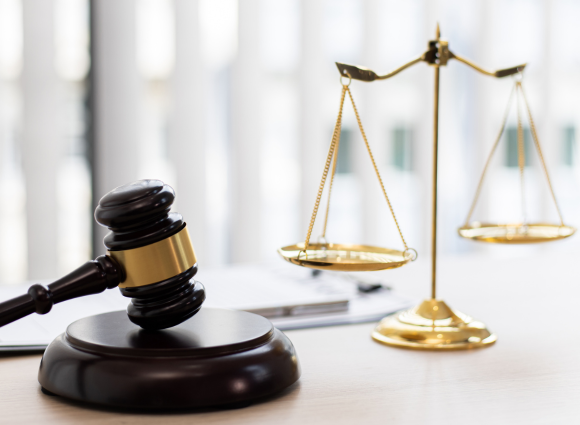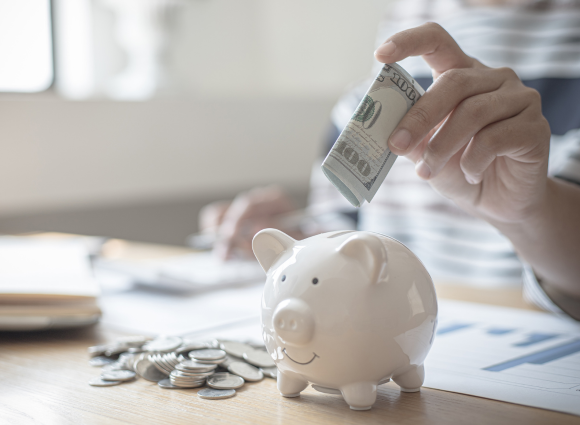
If You’re Part of the Gig Economy, Here’s What You Need to Know About Form 1099-K
It’s hard to keep track of all the 1099 series of forms.
From 1099-MISC, which reports “miscellaneous” payments (as you might guess from the name); to 1099-NEC, which reports non-employee compensation (again, the name gives a hint!); now to 1099-K, which reports payment card and third-party network transactions.
Hmm. Somebody at the IRS fell down on the naming convention . . .
Regardless, until now you may have ignored Form 1099-K, because the threshold for filing was $20,000 of reportable payments. Beginning in 2022, however, that minimum threshold goes down to $600, the same level applicable to other 1099 payments, so a lot more people – especially those in the gig economy – will be affected.
Let’s start with the basic rule – anytime you receive income, it should be reported to the IRS and is potentially taxable. When you work for someone else as an employee, you receive Form W-2 at the end of the year. If you’re self-employed, you probably receive Form 1099-NEC or -MISC to report payments for your services. And if you’re in the gig economy, you may receive payments from a variety of sources, including Venmo, Uber, TaskRabbit, and even credit cards if you’re set up to accept them. Form 1099-K is intended to report those kinds of payments.
Banks and online payment networks – called payment settlement entities (PSEs) or third-party settlement organizations (TPSOs) – must file Form 1099-K by January 31 of the year following the year in which payments were made. For many people, the first time they’ll receive this form will be January 31, 2023 because of the lower filing threshold for 2022 payments.
So what should you do now? First off, you should always aim to maintain separate records for your personal vs. business income and expenses. That means keeping receipts and backup documentation. Your good recordkeeping may save you when it comes to tax time, because PSEs can’t distinguish personal payments from business payments. So if you split the check at a restaurant for a personal lunch but your friend pays you back through Venmo, it may inadvertently show up on your 1099-K reporting at the end of the year.
You’ll also want to document your business expenses in order to take advantage of potential tax deductions.
At the end of the year, you’ll want to compare your records to confirm that the amount on your Form 1099-K is accurate, so again – keep good records! More information about Form 1099-K is available on the IRS website.



